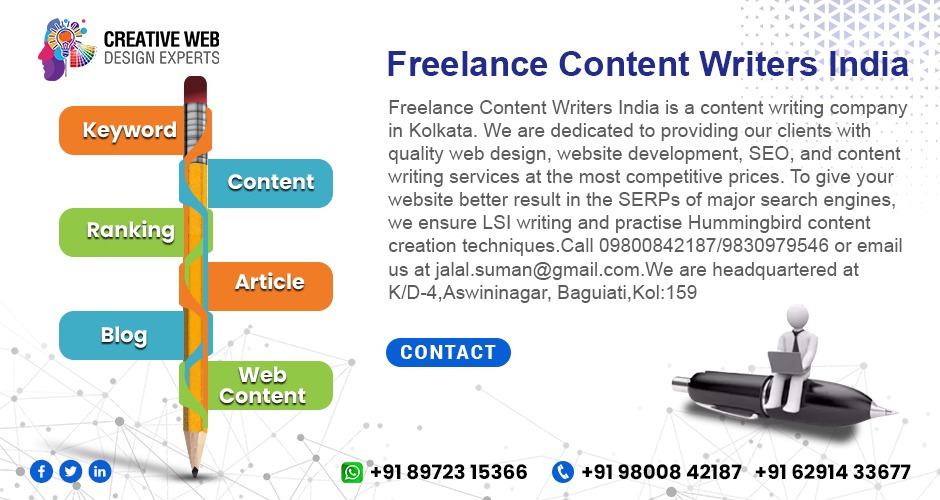In this present business scenario where digital marketing is getting an increasing attention across the globe, there the importance of an active, interactive and aesthetically appealing website does not wait for an explanation. Furthermore, with the popularity of various types of handheld devices like mobile, iPad, and tab, marketing through them has been essential for many advanced businesses and experienced digital marketing experts.
To meet this goal perfectly a new type of web design trend called responsive design has come to the web world. This trend now plays a significant role to make your web presence significant. Besides, if you eavesdrop in the allies of the tech world, you can get to hear techies walking down hip streets, talking of UX and UI.
Nowadays, marketing experts are worried much about the good ‘UX’ of a product and the poor UI of a website. Whether you are a company, a digital marketer or an expert web designer, you must be well aware of these terms to ensure these for your website to keep pace with the go of the day. Else there is a chance of getting outdated. Furthermore, ensuring these factors to your website will help you increase visibility, ensure higher conversion and create a steady bottom-line for your business. You can create a significant identity for your business.
Whether you are an advanced business or an expert designer, you must have a very clear conception of the three terms (Responsive Design, UI and UX design) mentioned above. A good grasp of these will enable one to make his digital marketing campaign highly successful.
Have a look at below to know about these latest web design trends in details
Responsive website
Responsive web design (RWD) is a website design and web development approach targeted to ensure optimal viewing and interaction experience. To ensure these, a professional designer uses flexible images, CSS3 media queries, fluid and proportion-based grids so that it gets set well in various media environments and adapts the screen sizes (resolutions) of various internet access devices available in the market. It makes your website responsive on various platforms, environments and screen sizes. All pieces of content on your website become visible and easy reading with a minimum effort of resizing, panning, and scrolling across a variety of devices Laptop, Desktop, Mobile, Smartphone, Tablet, iPod, etc. This web design approach increases the chances of having a maximum number of visitors and high conversion rates.
UX stands for user experience. As the name suggests, we can guess that this area focuses on ensuring the better experience for the users, enhancing the whole and overall experience. It makes a website well organized so that users can easily understand the company, its nature of business, products, services, offers, discounts and USP (unique selling proposition) at a glance on it. UX designs include various aspects and paraphernalia of a website like visuals and textual content, structure, layout, design, infographics and fab icons, and finally, the systems that support it. This type must create a desire in an online viewer for having the products or services. It must create a significant brand or business identity and ensure optimum customer satisfaction. A UX design increases usability, interactivity, and visibility of a website. It creates brand loyalty and better engagement, increasing the interaction between the product and end user.
UI is an abbreviation for user interface design. It focuses on user activities on a particular website. It anticipates what users need to do for accessing all important information easily. To do so, it concentrates on a user-friendly interface that helps online viewers take all necessary actions to easily understand all about the website quickly. UI design brings together three important things (information architecture, visual design and interaction design) required for an easy-to-access and easily navigable interface that creates proper channels for reaching users or viewers into the various parts of the different web pages of a website. The proper utilization of information architecture, visual design and interaction design makes the user interaction simple, effective and efficient.
It helps users become easily familiar with interface or dashboard elements (acting in a certain way). To meet this purpose exactly, it uses buttons, slider, text fields, search field, tooltips, checkboxes, breadcrumb, message boxes, radio buttons, pagination, dropdown lists, modal windows, progress bar, icons, list boxes, toggles, tags, date field, icons, notifications, etc. this type of design gives view views satisfaction, agility, and efficiency.
Besides, there are some more important things that need to be ensured.
- Inclusion of beautiful and eye-catching typography
- Integration of small animations
- Incorporation of bolder, contrastive and brighter colours
- Using of Illustrations and sketches
- Utilization of more hamburgers, infography, and iconography
- Concentration more on hero video headers
Utilization of all above mentioned things and tips will help you build an advance website to help you stand out from the crowd.

